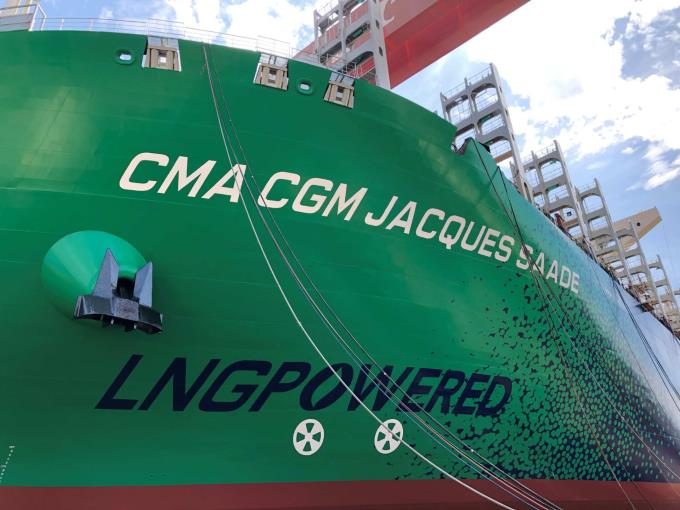ONE snatches methanol crown, while Maersk does a u-turn on LNG
Ocean Network Express (ONE) has taken over the methanol mantle with an order for 10 ...

Shipping’s methanol “happy hour” has ended, with LNG back on the menu, decarbonisation “slowing” and freight rates set to double permanently, claimed classification giant DNV Maritime this week.
At the unveiling of the eighth edition of DNV’s Maritime Forecast yesterday, CEO Knut Ørbeck-Nilssen said shipping decarbonisation was slowing and 93% of the global fleet was still running on conventional fossil fuels.
“…if you look to what it costs these days to either build a new vessel with new fuel capabilities, or indeed ...
Transpacific sees first major MSC blanks as rates fall and volumes falter
'It’s healthy competition' Maersk tells forwarders bidding for same business
Opposition builds for final hearing on US plan to tax Chinese box ship calls
White House confirms automotive tariffs – 'a disaster for the industry'
New price hikes may slow ocean spot rate slide – but for how long?
Supply chain delays expected after earthquake hits Myanmar
Shippers snap up airfreight capacity to US ahead of tariff deadline
Tighter EU import requirements proving 'a challenge' for forwarders

Comment on this article